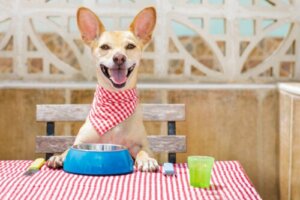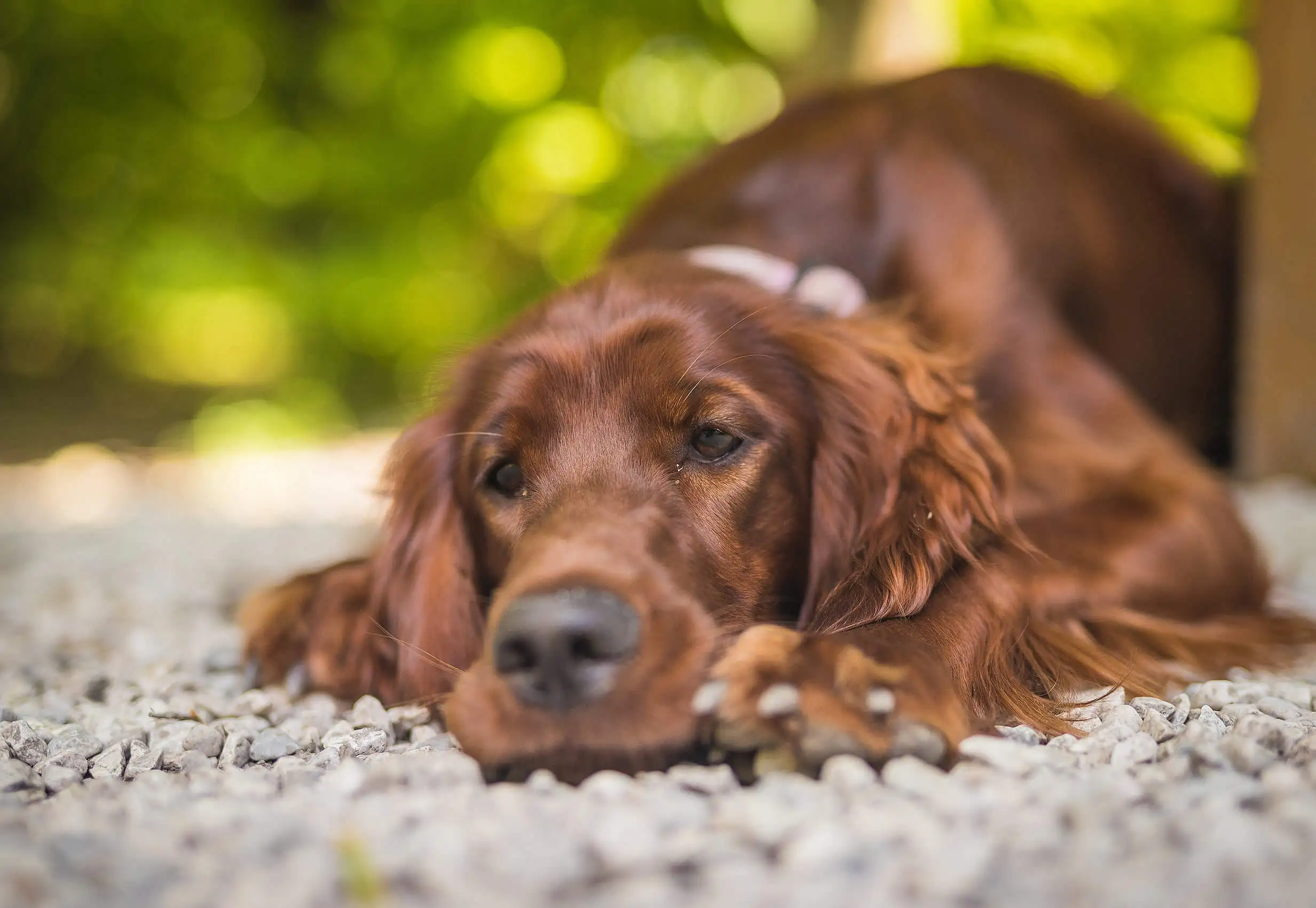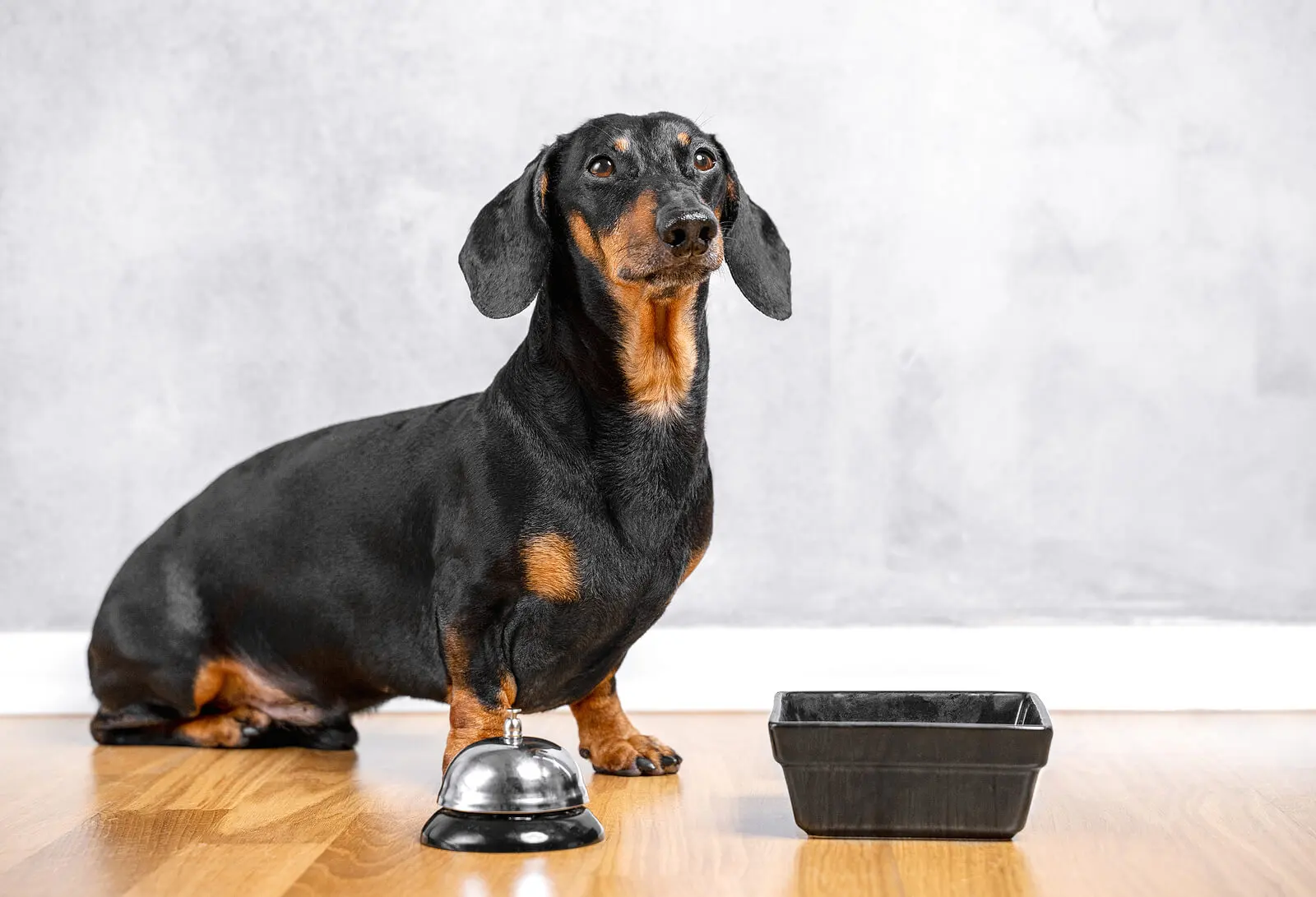Are You Cleaning Your Dog's Food Bowl Enough?


Reviewed and approved by the doctor Leonardo Biolatto
Cleaning your dog’s food bowl is a measure to prevent diseases. If you don’t clean the bowls you feed your pet in enough, you increase the risk of contamination and contagion.
Often, when some dogs finish their meals, the containers appear to be free of residues. But there will always be some hidden infection-transmitting agents.
It’s essential to have good hygiene conditions where pets are concerned, especially if you live at home with immunosuppressed patients, children, or elderly people,
Why is cleaning your dog’s food bowl important?
The bowls intended for animal meals harbor bacteria. The scientific journal Plos One published the results of a survey based on dog owners’ feeding practices, and dish hygiene.
After dividing the sample into 3 groups totaling 417 consultations, the analysis showed that 2 of the teams followed sanitation protocols, both in the handling of food and in the hygiene of the dishes. This conclusion reflected a significant decrease in possible adverse impacts, compared to the group that did not receive any guidelines on hygiene.
The same experiment highlights that exposure to contaminated food could harm dog and human organisms. It so happens that dogs’ mouths abound with microbes that are often transferred to the bowl, where they accumulate and grow if you don’t clean the bowl constantly.
On the other hand, not all owners provide cooked food to their dogs; raw diets increase the danger of transmission of bacteria Escherichia coli (E. coli) and Salmonella. Contact between the dog and its owner extends the chain of contagion.
The Veterinary Journal argues that pets don’t always show symptoms when infected, but warns us to be aware of the following signs:
- Fever
- Diarrhea
- Vomiting
- Loss of appetite
- Decreased activity level

Read more: Benefits of Having a Pet at Home
How often you should clean your dog’s bowl
Each person has their own hygiene and processing habits for their pets’ food. However, cleaning your dog’s food bowl is a daily task, in fact, after all their meals.
It’s advisable to follow the rules set forth by the United States Food and Drug Administration (FDA). The institution advises us to prevent contagious diseases from raw food by thoroughly cleaning or disinfecting all surfaces and objects touched by this kind of food.
To do so, the FDA suggests washing the dog’s dish with hot soapy water and complementing it with a little disinfectant. As a guideline, they propose mixing 1 tablespoon of bleach with ¼ gallon of water.
After scrubbing the utensil in a sink outside the kitchen, you can then wash it in the dishwasher.
The organization insists on the importance of discarding any leftovers left in the dish. If you want to save them for their next meal, you can cover it and refrigerate them.
With the same intention of reducing the rate of human infection from contact with animal food, the FDA urges people to wash their hands with soap and water for at least 20 seconds after serving raw portions of meat and touching potentially contaminated bowls or surfaces.
Recommendations for cleaning your dog’s food bowl
To avoid bacterial growth in your dog’s food bowl, follow the tips below:
- Set aside a clean spoon or cup only to serve food in the canine’s bowl.
- Change the sponges regularly. Also, obviously, they can’t be the ones you use for the family dishes.
- Throw away the residues, even if the pet doesn’t leave traces when licking. Even if you don’t see them, there are always microorganisms.
- Don’t use the kitchen sink. At least for the first cleaning, do it in another sink, as you’ll prevent cross-contamination this way.
- Use detergents without perfumes, to avoid exposing the animal to allergies. Industrial disinfectants aren’t recommended either.
- Check that no hardened food remains. If this is the case, remove it with hot water. Soap residues shouldn’t remain in the dish.
Covering the dish with hot white vinegar is a feasible remedy for disinfection.

Read more here: What Are the Kinds of Bacteria in Your Mouth?
What type of dishes are most suitable?
Plastic, ceramic, and stainless steel are the most common materials used in the manufacture of dog dishes. Although all 3 types are functional, plastics have among their components bisphenol A, an additive that could an animal’s immune system. In addition, these types of bowls are sensitive to scratches and the cracks harbor bacteria.
Ceramic, on the other hand, will hurt pets if it breaks while eating or if the edges of the dish are sharp. Stainless steel, on the other hand, is tough, doesn’t harbor bacteria, is toxic-free, and very easy to clean.
All cited sources were thoroughly reviewed by our team to ensure their quality, reliability, currency, and validity. The bibliography of this article was considered reliable and of academic or scientific accuracy.
- Bisfenol A. Autoridad Europea de Seguridad Alimentarias. https://www.efsa.europa.eu/es/topics/topic/bisphenol
- ¡Conocer los hechos! Las dietas de alimentos crudos para mascotas pueden ser peligrosas para usted y su mascota. Administración de Alimentos y Medicamentos. Estados Unidos; 2018. https://www.fda.gov/animal-veterinary/animal-health-literacy/get-facts-raw-pet-food-diets-can-be-dangerous-you-and-your-pet
- Detectan salmonella en alimentos crudos para mascotas. Diario Veterinario. España; 2019. https://www.diarioveterinario.com/t/1367043/detectan-salmonella-alimentos-crudos-mascotas#:~:text=Las%20mascotas%20no%20siempre%20muestran,a%20un%20veterinario%20de%20inmediato.
- Getty C, Jaykus L, Luisana E, Saker K. Evaluación de la encuesta sobre las prácticas de alimentación de los dueños de perros y la evaluación de la higiene de los tazones para perros en entornos domésticos. Plos One. Estados Unidos; 2022. https://journals.plos.org/plosone/article?id=10.1371/journal.pone.0259478
- La E. Coli y la seguridad de los alimentos. Centros para el Control y la Prevención de las Enfermedades. Estados Unidos; 2022. https://www.cdc.gov/foodsafety/es/communication/ecoli-and-food-safety.html
- La Salmonella y los alimentos. Centros para el Control y la Prevención de Enfermedades. Estados Unidos; 2022. https://www.cdc.gov/foodsafety/es/communication/salmonella-and-food-sp.html#:~:text=La%20Salmonella%20es%20una%20bacteria,una%20infecci%C3%B3n%20y%20enfermarse%20gravemente.
This text is provided for informational purposes only and does not replace consultation with a professional. If in doubt, consult your specialist.








